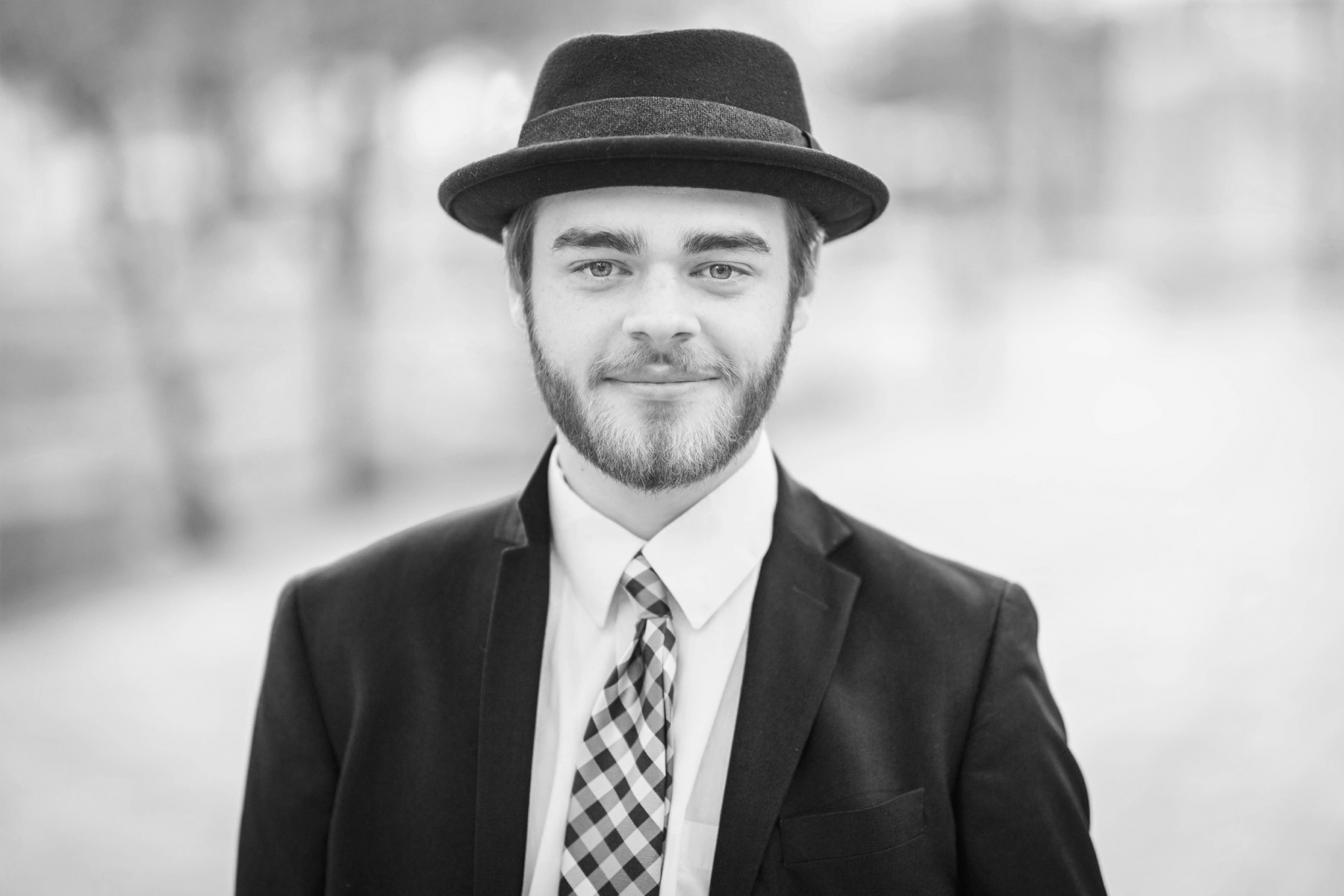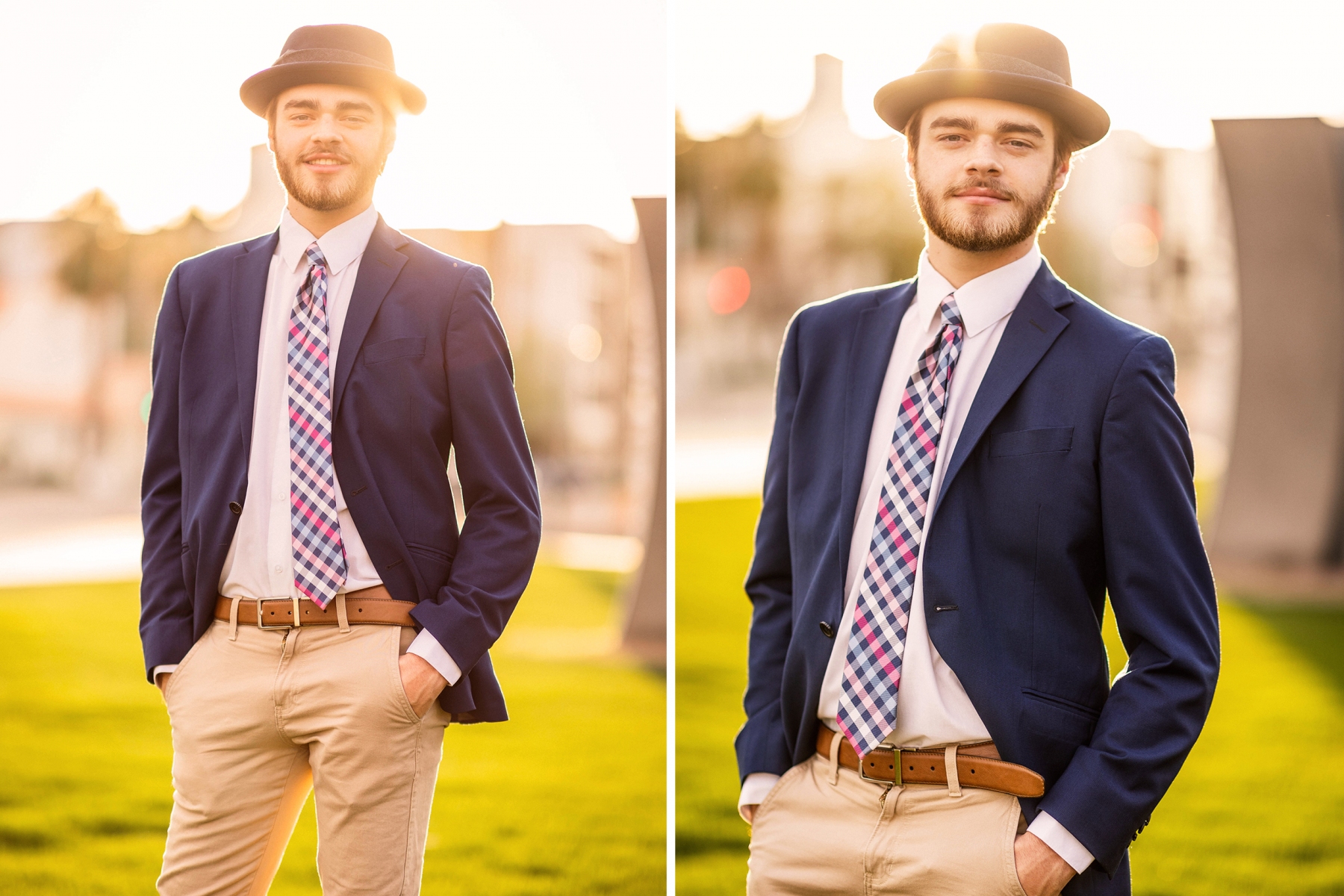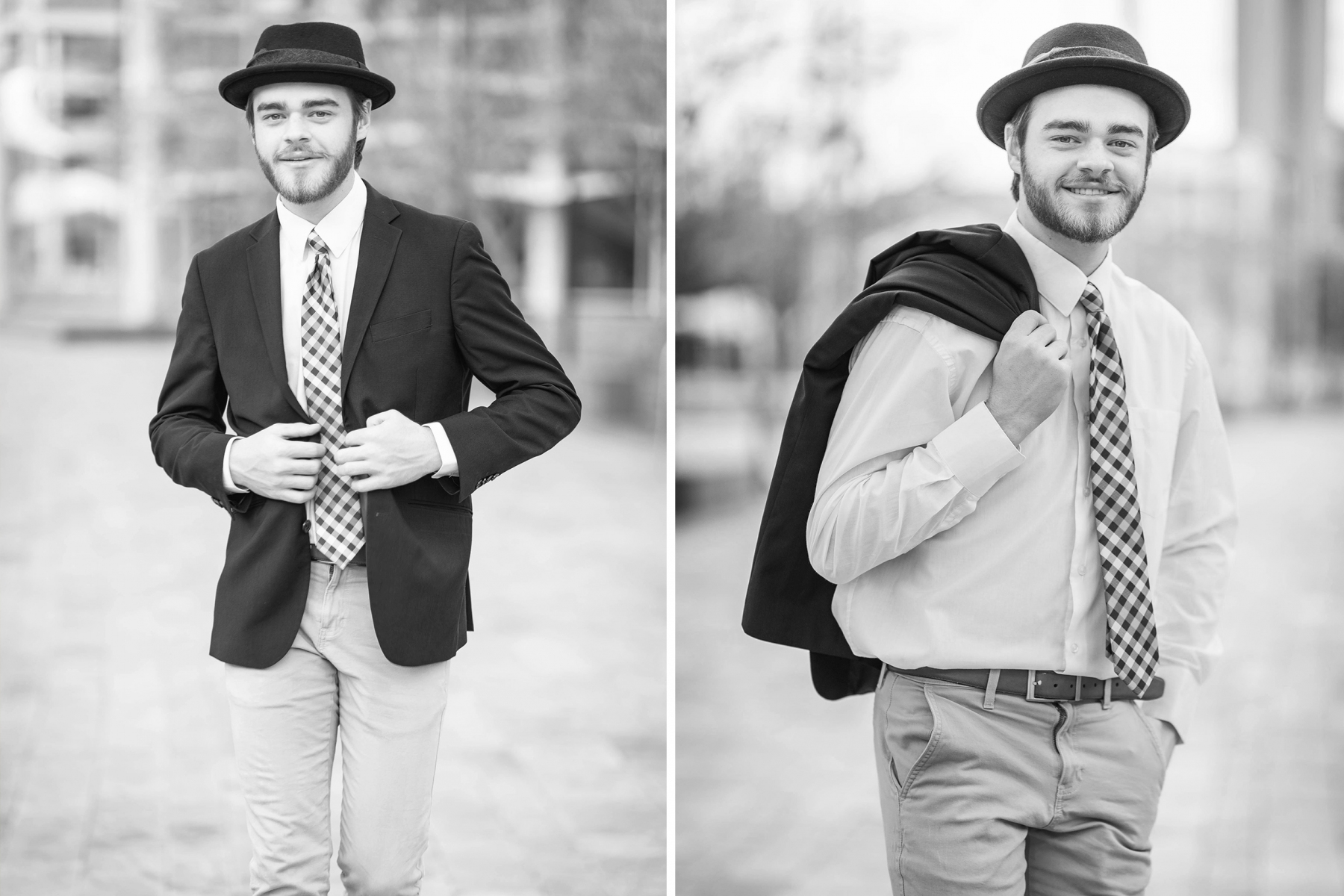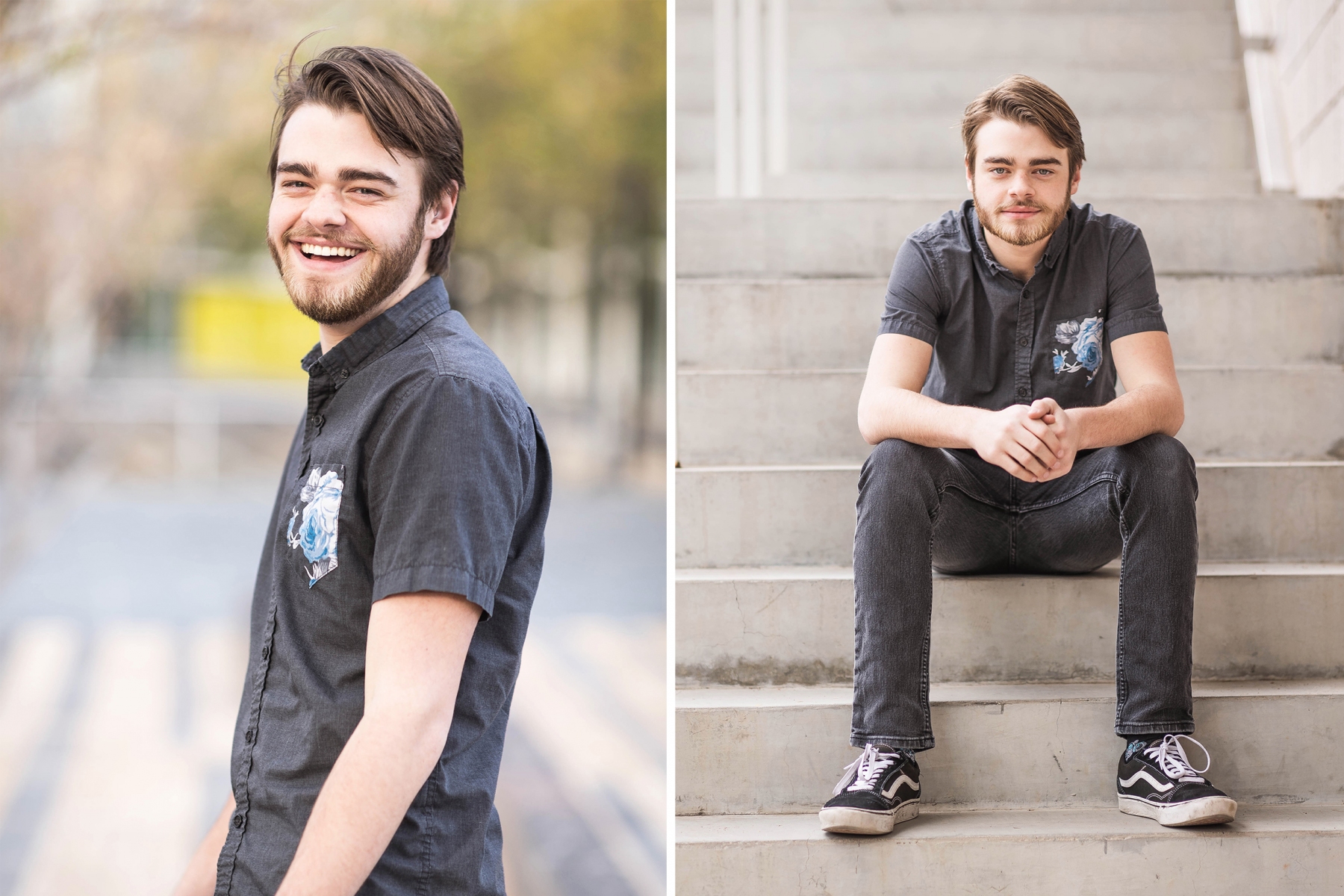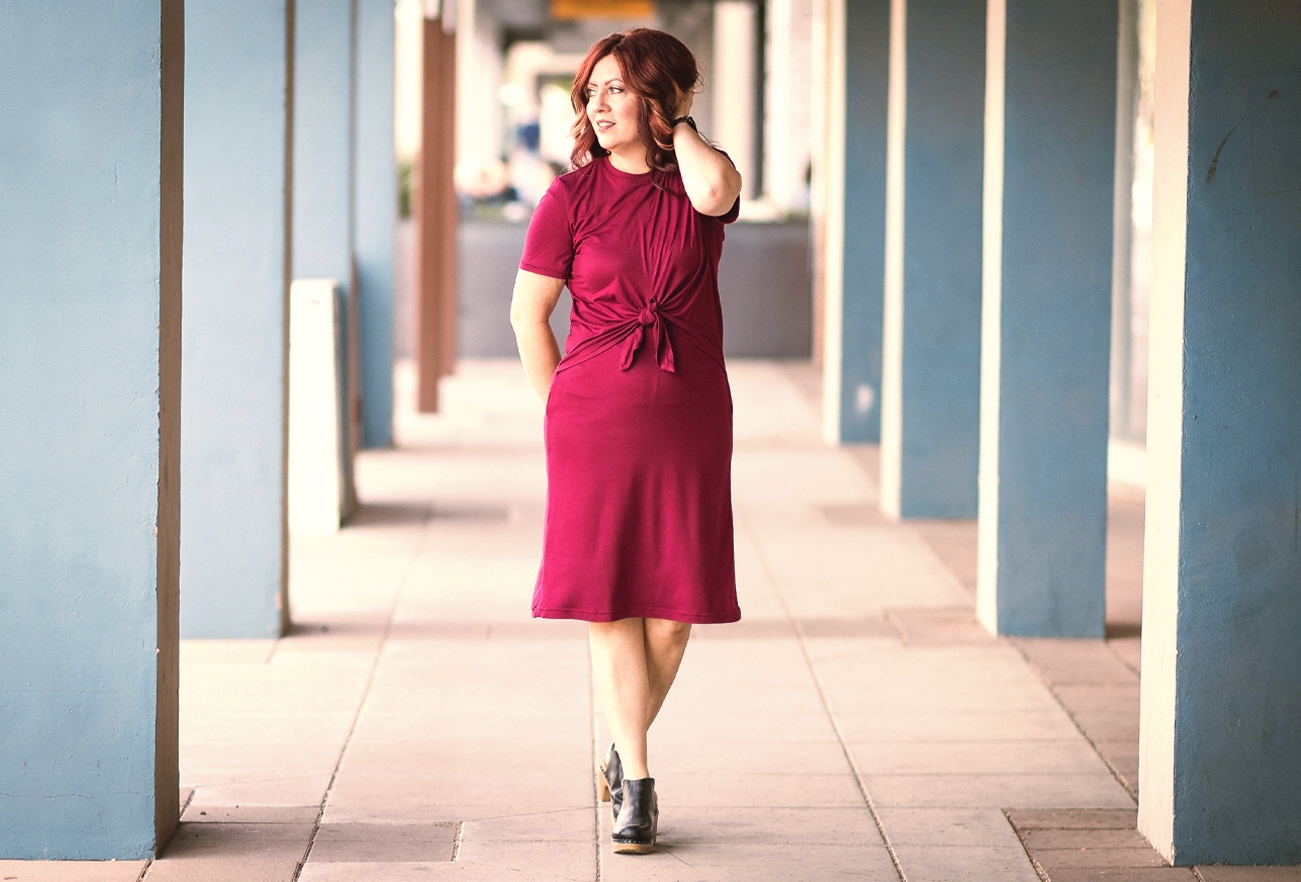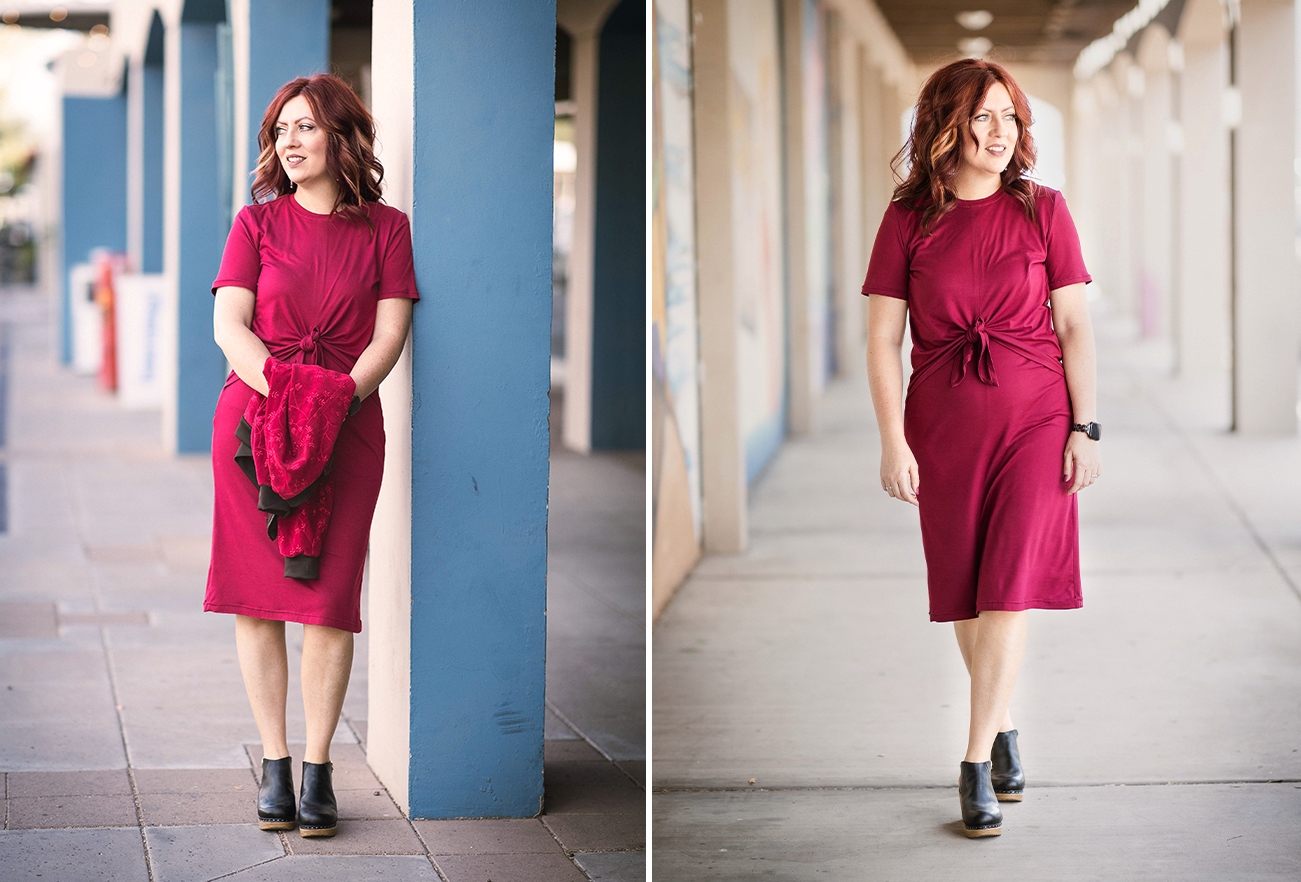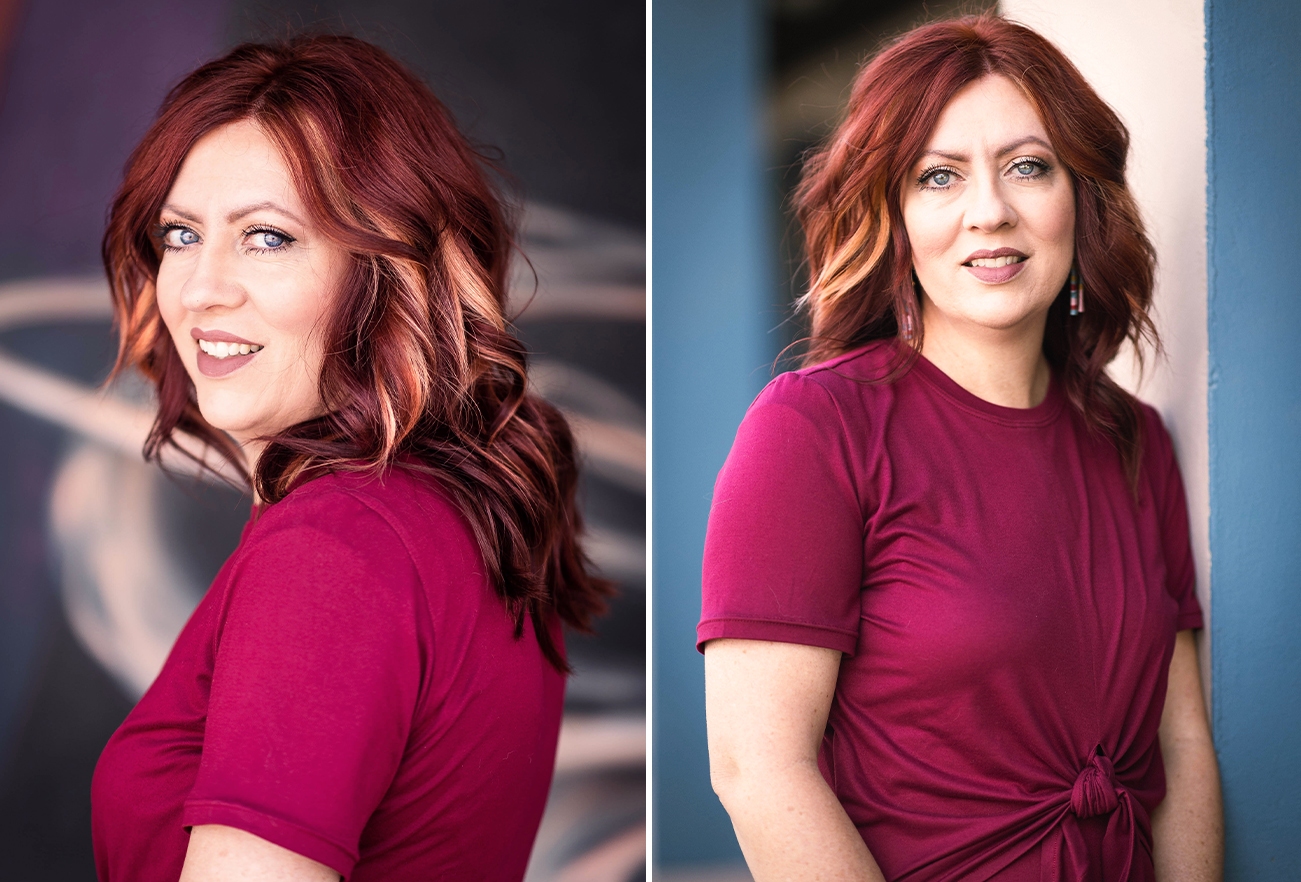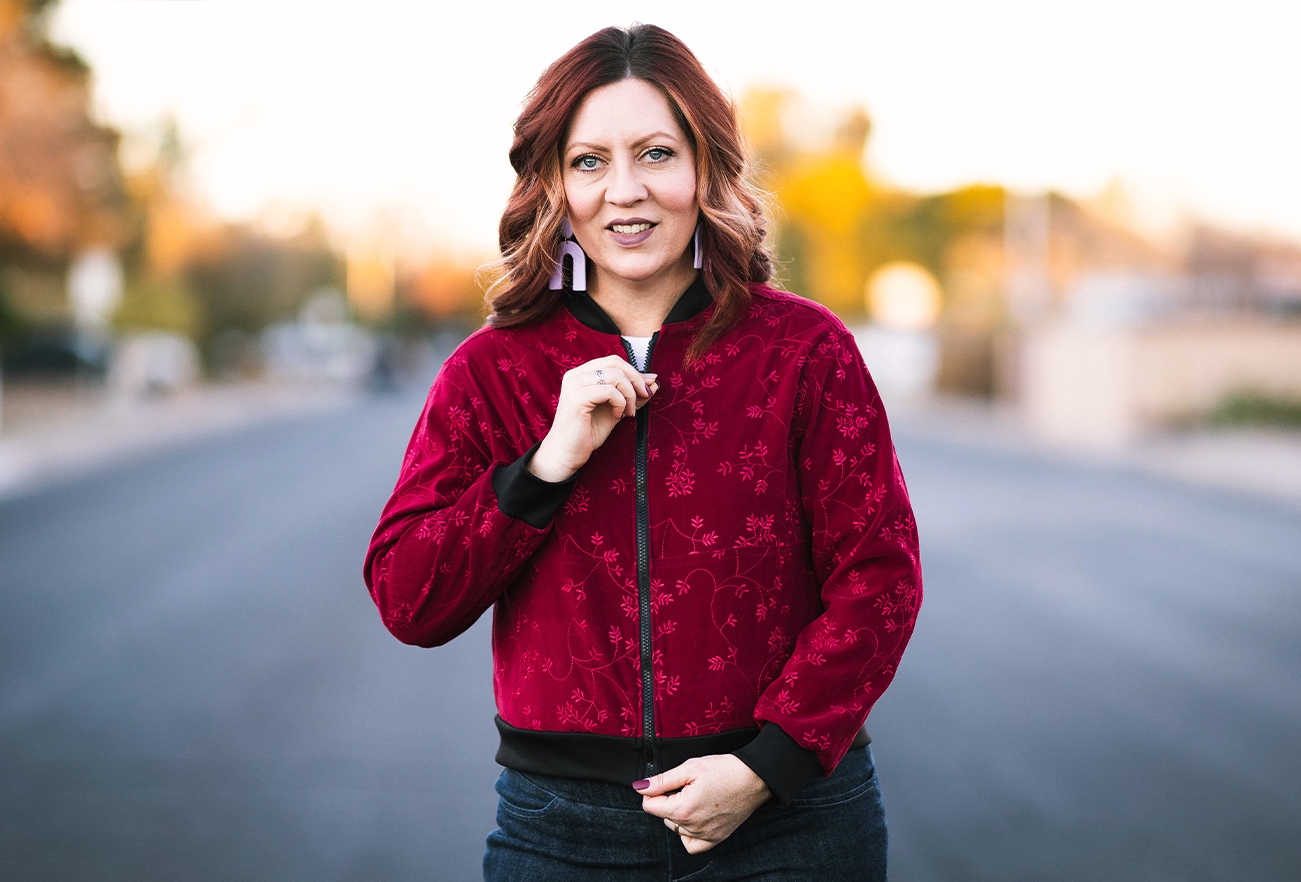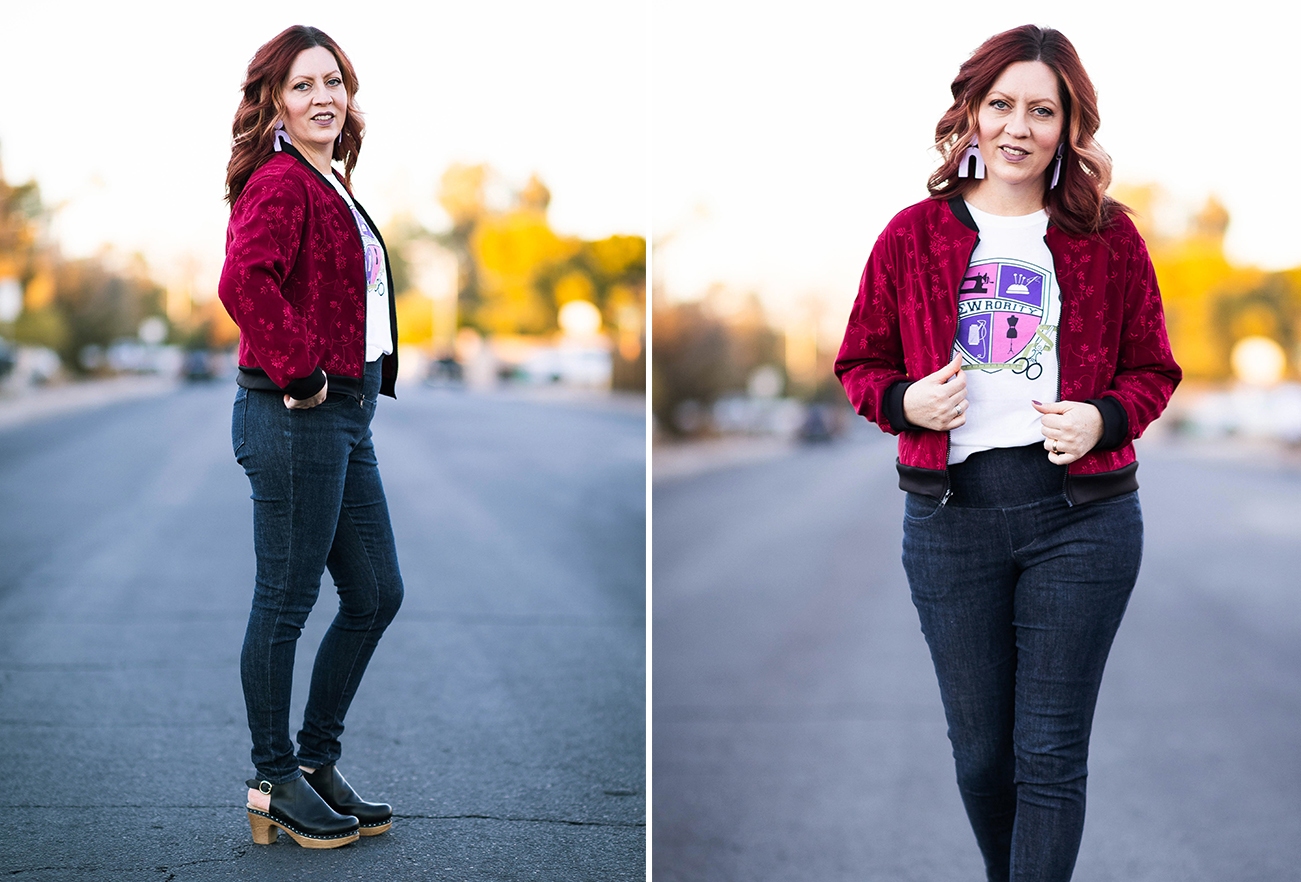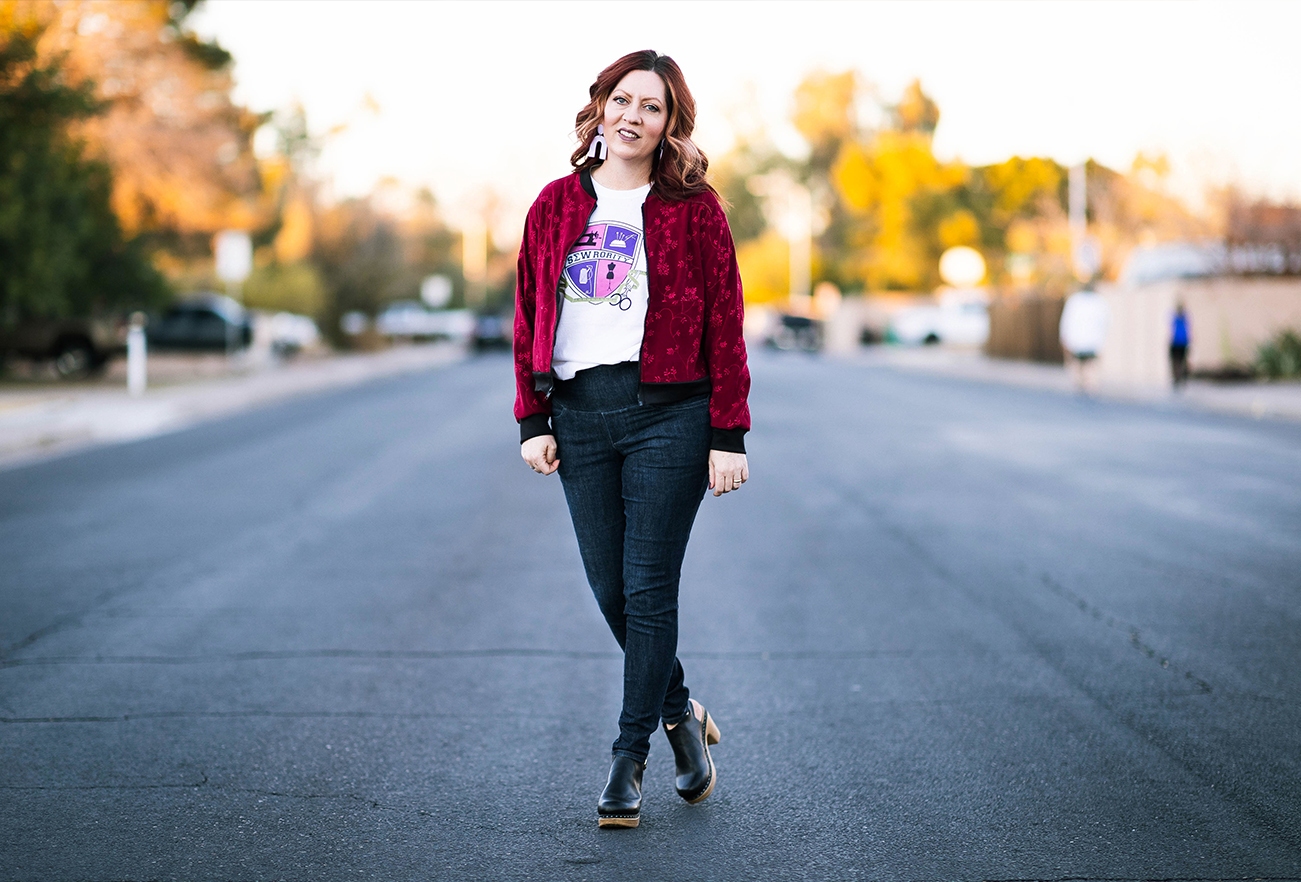 Blog
Blog
We don’t Have to Conquer the Entire Mountain Range
We often get distracted and then discouraged by thinking about conquering the entire mountain range when all we really need to do is hike the trail we’re on.
There’s a hike in the Superstition Mountains that I enjoy doing a couple times a week. It’s a nice workout at the end of the day. At the top of this trail, there’s a nice view of the surrounding area. You can see for quite some distance in many directions. In one direction in particular, you have a view of Four Peaks, which is about 25 miles away. Between this point and Four Peaks lies a good distance of mountain range, a small village, and a river.
On a recent hike I was admiring the view, and was impressed by the magnitude of what I was seeing. I thought about what it would be like to hike to the peaks I was looking at from where I was standing, and look back to where I was standing at that moment. I immediately felt inadequate to the task of undertaking that hike. I had feelings of deficiency, inadequacy, and failure for something that I had only just imagined doing, and moments before was admiring the beauty of.
Since then, I’ve thought about this moment. Why did I feel such inadequacy? I think about all the other things I haven’t done. I haven’t hiked the Grand Canyon rim to rim yet. My wife is a seamstress, and she told me that I could sew my own pair of shorts, a pair that I particularly like, once she teaches me. I haven’t done a triathlon. There’s an entire list of things (much longer than what I’ve listed here) that I haven’t done, and now you can add this hiking trip to Four Peaks from the Superstition Mountains to it. When I consider this list, it makes me feel like a loser.
It occurred to me that I was on a hike that I particularly enjoy. While it’s not 100 miles long with 3,000 ft. in elevation gain, it is a good challenge at the end of the day. It allows me to take time to meditate, journal and watch the sunset from a point above the city with very few people, if anybody, around. It’s an experience that fills me with both wonder and appreciation. Why should I allow my feelings of inadequacy to prevent me from feeling appreciation?
When I think about it, we don’t have to conquer the entire mountain range, we just have to hike and enjoy the trails that we’re on. When we consider the entire mountain range, and judge our inadequacy, we get distracted from the hikes that we can do, and the hikes that we will enjoy. We become so overwhelmed that we don’t even consider the other hikes that we’ll enjoy and the moments we’ll get lasting value from.

This view has become a metaphor for how we view life. It doesn’t present a challenge that reveals inadequacy. Instead, it reveals almost limitless opportunities for growth, enjoyment, and adventure. We don’t have to conquer the entire thing to have value. Instead, we can focus on the trails and the opportunities in between. It doesn’t mean that conquering the entire range isn’t a viable goal, but it doesn’t have to distract or discourage us from what we’re doing now.
We’re all at our own place in our own journeys. We all see metaphorical mountain ranges in our lives. We don’t have to conquer them in order to feel like we have value. We don’t have to be distracted or discouraged by what we see. We can find value and opportunity in where we’re at now. As we move through our own lives, we’ll find new opportunities as we focus on daily practices. If we allow smaller moments and activities to fill us with joy because we’re grateful for them, then we don’t need to be distracted and discouraged. We can appreciate where we’re at, what we’re doing, and find opportunity in where we have to go.
This doesn’t mean that one day you won’t conquer the entire mountain range – that you won’t get to that large goal. Somebody earns the Grammy Award, somebody climbs Everest, people lose 100+ pounds all the time. There are mountain ranges that we can and do conquer. The trick is finding the right ones and committing to the daily practices, taking the steps, and enjoying the process of achieving those goals. Just don’t become distracted and discouraged by the ones that don’t matter as much to you.

